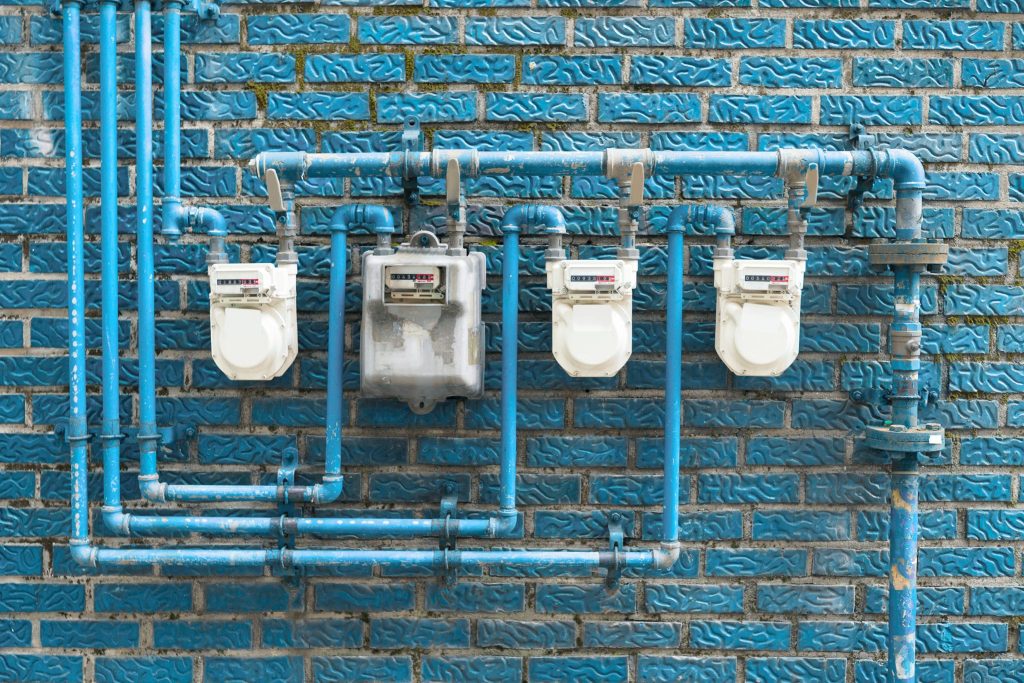The installed base of smart gas meters in Europe reached 55.9 million in 2023, according to analyst house Berg Insights. This is equivalent to a penetration rate of 45 percent, it said. The number will grow at a compound annual rate (CAGR) of 6.8 percent by 2028, reaching 77.6 million units at the end of the period. Annual shipment volumes amounted to 4.8 million units in 2023 and will be around 5-5.8 million per annum through the forecast period.
NB-IoT will be the ‘go-to’ connectivity option in most European markets by 2028, if not the biggest by share of the installed base – which will be Zigbee, said Berg Insight.
A new report from Berg Insight says the UK, Italy, and Belgium were the “most active markets”, accounting for 86 percent of all smart gas meter shipments in 2023. In particular, it noted the UK is “ramping up yearly installations” after some delays, and will reach a peak of 3.2-3.4 million units per year during 2024/25. By contrast, the Italian market, like the French and Dutch markets, are “largely completed” in terms of smart gas meter rollouts.
Belgium and Ireland will also contribute with significant shipment volumes in the coming years, it said. The Spanish market will reach yearly shipment volumes of one million units by the end of the forecast period. It noted also that gas meter rollouts in Europe have been fragmented in terms of networking technologies between different countries – unlike smart electricity metering, which has tended to go on powerline communications (PLC).
Berg Insight said: “A common model [in smart gas metering] – observed in the UK, Netherlands, and Belgium – is to utilize a local wireless or wired interface to transmit gas data via the customer’s smart electricity meter. A mix of 169 MHz RF and 2G/3G cellular has meanwhile been the primary model for the largest projects in which smart gas meters have been deployed independently of smart electricity meters, such as in Italy and France.”
It continued: “A change of the status quo is likely as new types of LPWA technologies have become more readily available… The composition of communications technologies… has already begun to shift in favour of new LPWA technologies. [But] 169 MHz remains the most popular technology with a market share of around 37 percent at the end of 2023, while Zigbee boasted a market share of 26 percent.”
Berg Insight predicts that Zigbee will trump 169 MHz as the most prevalent connectivity option by 2026, with a total base of 23.4 million (25.5 million in 2028) in Europe. It said cellular-based NB-IoT/LTE-M will be the fastest growing connectivity option, with a CAGR of 35 percent during the period – to finish in 2028 with an installed base of about 13.2 million units, and a 60 percent share of annual shipment volumes.
Mattias Carlsson, IoT analyst at Berg Insight, said: “The Italian gas sector was the first in Europe to initiate large-scale adoption of NB-IoT as a primary smart meter connectivity choice. In 2023, the installed base of gas meters with NB-IoT in the country reached more than 2.5 million. By the end of the forecast period, NB-IoT will become the go-to connectivity option for smart gas meters, not only in Italy but in several other European markets.”
